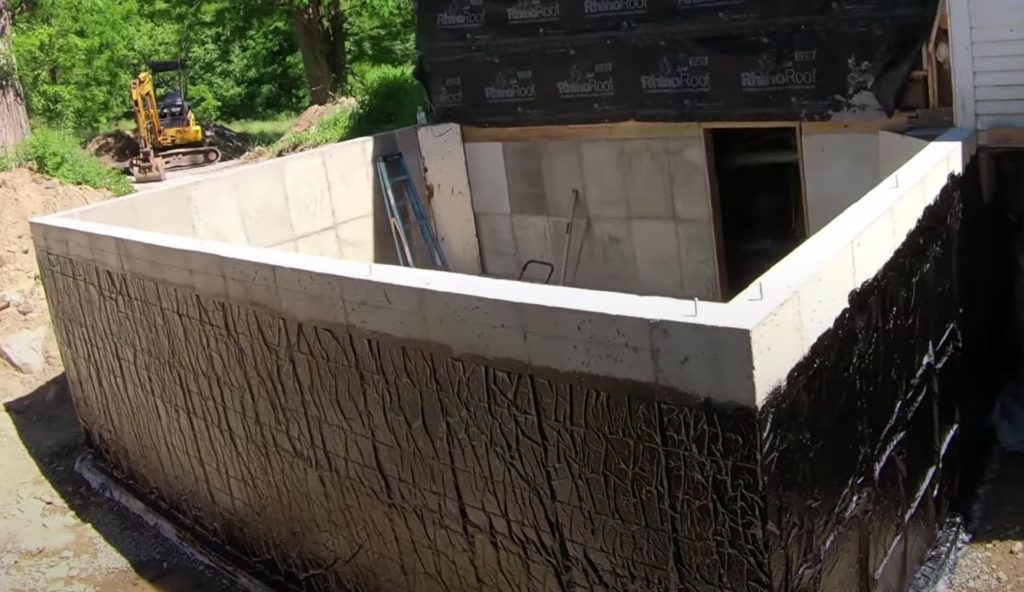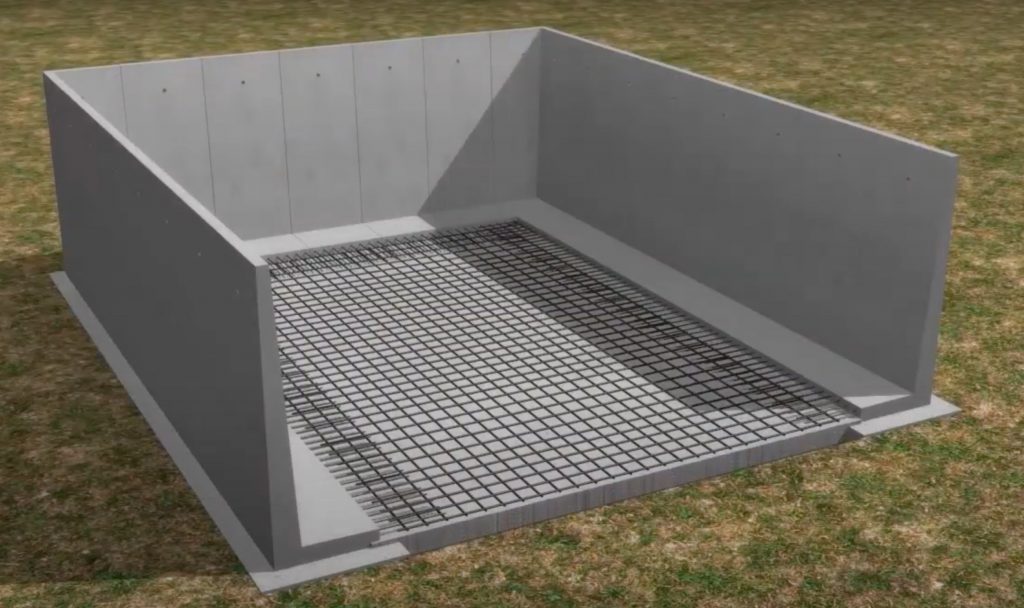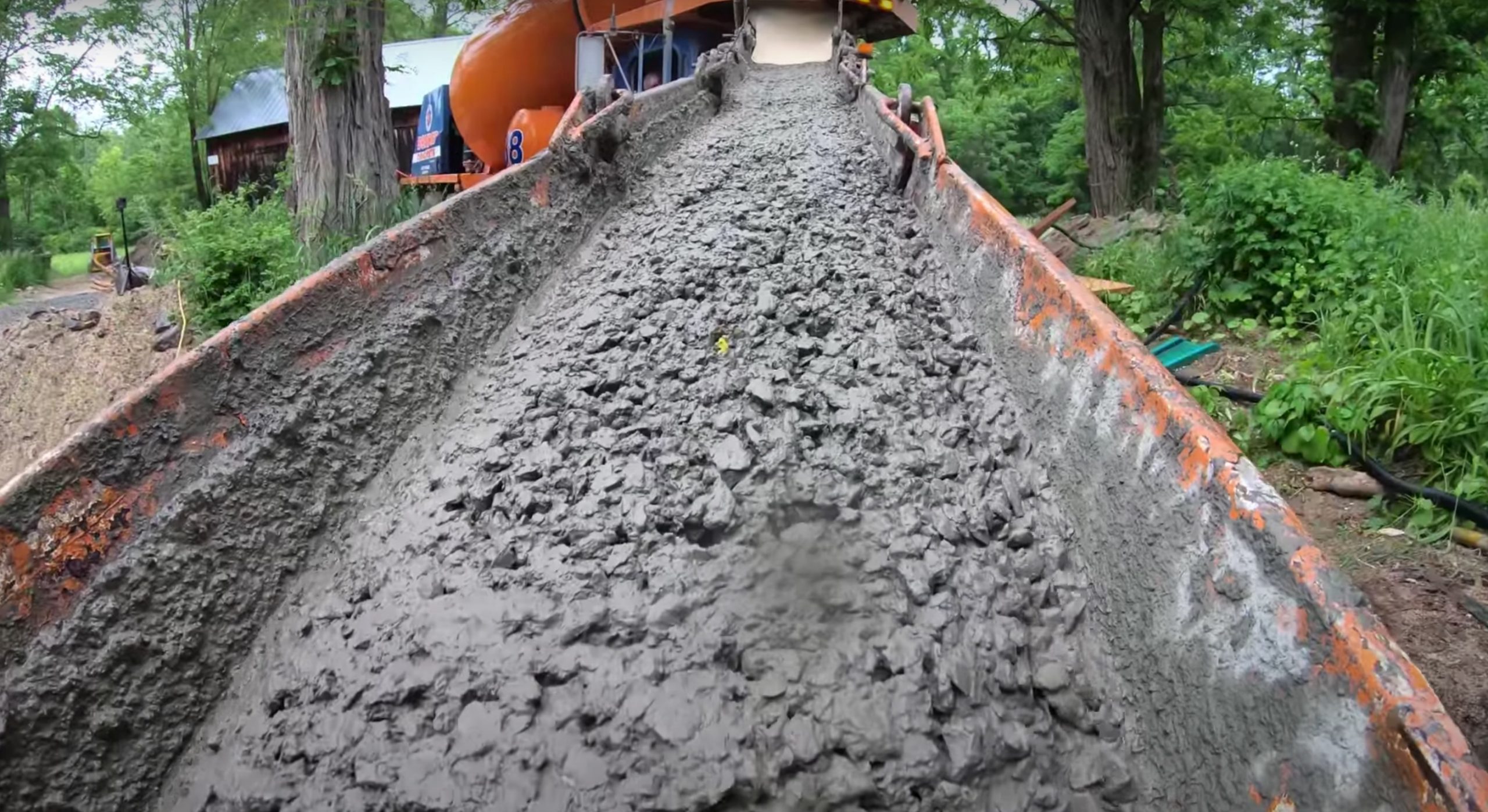Garden rooms are amazing spaces for workplaces, studios, playrooms or just somewhere to relax, but to get maximum benefit you need to take time to consider the style, size, etc. There are many types of garden rooms, one of the most durable you would want to consider is a concrete garden room.
Concrete garden rooms are trendy nowadays because they are robust and super durable. Today, many people choose to build their garden rooms using concrete because it’s very resilient and can withstand natural elements like storms, although you should keep in mind that using concrete as your garden room’s main material may cost you more. Though a concrete garden room is a great option that can provide you with lots of benefits, they also have disadvantages. If you want more to know about concrete garden rooms, please keep reading this article.

Why Choose Concrete to Use in Build a Garden Room?
You might want to consider using concrete in the construction of your garden room because it’s resilient to the elements, durable materials like concrete can last for many decades, making it a good choice as the main material for constructing garden rooms.
Garden rooms can be used as your relaxation room or playroom and using concrete as your main material in building your garden room may be beneficial to this as concrete is great at keeping outside noise intrusion to a minimum. The initial cost may be expensive but do keep in mind that as you’re using durable and high-class materials this can reduce maintenance costs as they will last for a long time. If you want a strong and durable garden room to provide you with a great place to keep the noise out, why not choose concrete as your core material.

Benefits of Concrete Garden Room
Concrete is becoming a more common material for the construction of garden rooms, with many people realising that it is a very cost effective way of achieving a solid, weather resistant garden room. Listed below are some of the benefits of a concrete garden room and what makes them so popular today.
- Strength – one of the most noticeable benefits of a concrete garden room is its strength. Concrete garden rooms can withstand heavy rain, strong winds and flying debris, this will be beneficial if you’re in an area that is prone to flooding.
- Better Temperature Control –concrete can absorb heat fast and retain it too, this means that your garden room could keep cool during the hot months and warm during the cold months. Of course you may also require air conditioning and heating.
- Reduce Sound Better –a concrete garden room can reduce noises from outside. Garden rooms can be used in various activities, and sometimes these activities can disturb neighbors. To prevent this, you might want to consider using concrete or soundproofing materials.
- Durable – concrete garden rooms are durable, they can withstand natural elements. Natural elements might include insects and storms that can destroy your garden room. Using concrete as your main material for your garden room can be very beneficial and you can expect them to last a long time.
- Fire Resistant –a concrete garden room has more fire-resistance than a wooden garden room, although it’s not completely resistant to fire.
- Resilient – concrete is a resilient material. It can withstand natural elements such as winds, heavy rain and more. A concrete garden room can withstand extreme weather while keeping people safe.
- Cost-Effective –Thanks to its durability, strength and resilience, a concrete garden room can be cost effective.
- Energy-Efficient –concrete can absorb and store thermal energy to provide you with an ideal room temperature. To get the most out of a concrete garden room, combine it with heating and cooling systems.
Disadvantages of a Concrete Garden Room
With its great benefits, concrete garden rooms also have their disadvantages. Let’s take a closer look at some of their disadvantages below.
- The Cost is much Higher – Although the cost of a concrete garden room will typically be higher than any other type of garden room, many people still realise that concrete has many benefits. The supply cost might fluctuate in the future because many consumers are now showing an interest in buying them.
- Plain – A concrete garden can be considered to be quite plain in appearance to many people, that is only to be expected as concrete is not really a decorative finish. There are many who prefer the plain, functional appearance of a concrete garden room, instead placing substance over style. There are many ways to make concrete more aesthetically pleasing, mosaics or mosaic tiles, decorative stones or pebbles or even paint effects.
- Water seepage – if poorly constructed, a concrete garden room is prone to water seepage over time. Cement may be durable, resilient, and strong, but also it’s a porous material that can become damaged. Poor installation can give way to water seepage and other kinds of problems that, if left unrepaired, can deteriorate your garden room faster.
Final Thoughts
All in all, it appears that many people are using concrete as the main material in building a garden room because of its benefits. It was not long ago that concrete was considered the worst material to use for houses because it was plain and ugly; however, many people are now changing their minds about how they view concrete buildings. The resilience of concrete is undoubtedly the greatest benefit it offers.
Some say that construction of a building or a garden room should not always be ruled by aesthetics, they feel that safety and security are the most important aspects and appearance is just a plus. A concrete garden room may be ugly and costly but it also has many benefits.
